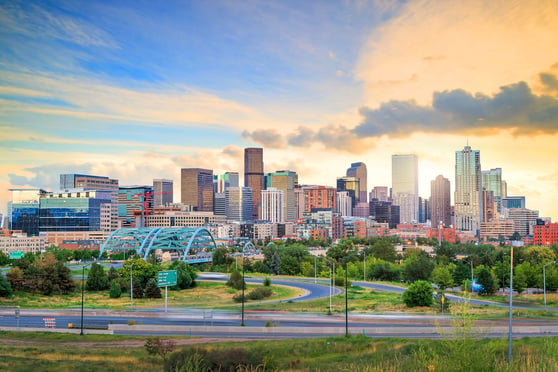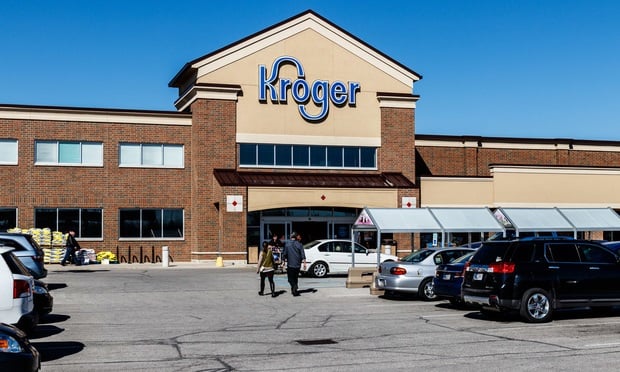She is calling for a 2% vacancy by mid-year in Downtown Denver, triggering a dramatic hike in rates and values that already are 15% higher than last year. It will be at least two years before a major office development goes up Downtown, says Sullivan.
"Denver's CBD is the market to watch over the next few years and will be the most dynamic," she asserts, saying its emergence as the metro area's entertainment district is one of the triggering elements for the CBD's positive outlook.
Meanwhile, the US 36 corridor between Denver and Boulder, she says, "has exploded being the hotbed for high-tech and telecom companies while the Southeast suburban office market isn't as strong.
Nationwide, office property demand has dropped significantly except for Washington, DC, Boston, Manhattan, Austin and Southern California. "These markets are perceived to have a very low vacancy and limited new construction causing rents to increase sharply," says Sullivan, who cited one of her recent marketing efforts in San Diego of a class-B, suburban project that had attracted 16 offers. "We had just closed at a 7.5% cap rate. I suspect if I had the same portfolio in Southeast Denver, I would have not fared as well on the number of offers or the cap rate," Sullivan says.
Want to continue reading?
Become a Free ALM Digital Reader.
Once you are an ALM Digital Member, you’ll receive:
- Breaking commercial real estate news and analysis, on-site and via our newsletters and custom alerts
- Educational webcasts, white papers, and ebooks from industry thought leaders
- Critical coverage of the property casualty insurance and financial advisory markets on our other ALM sites, PropertyCasualty360 and ThinkAdvisor
Already have an account? Sign In Now
*May exclude premium content© 2024 ALM Global, LLC, All Rights Reserved. Request academic re-use from www.copyright.com. All other uses, submit a request to [email protected]. For more information visit Asset & Logo Licensing.








